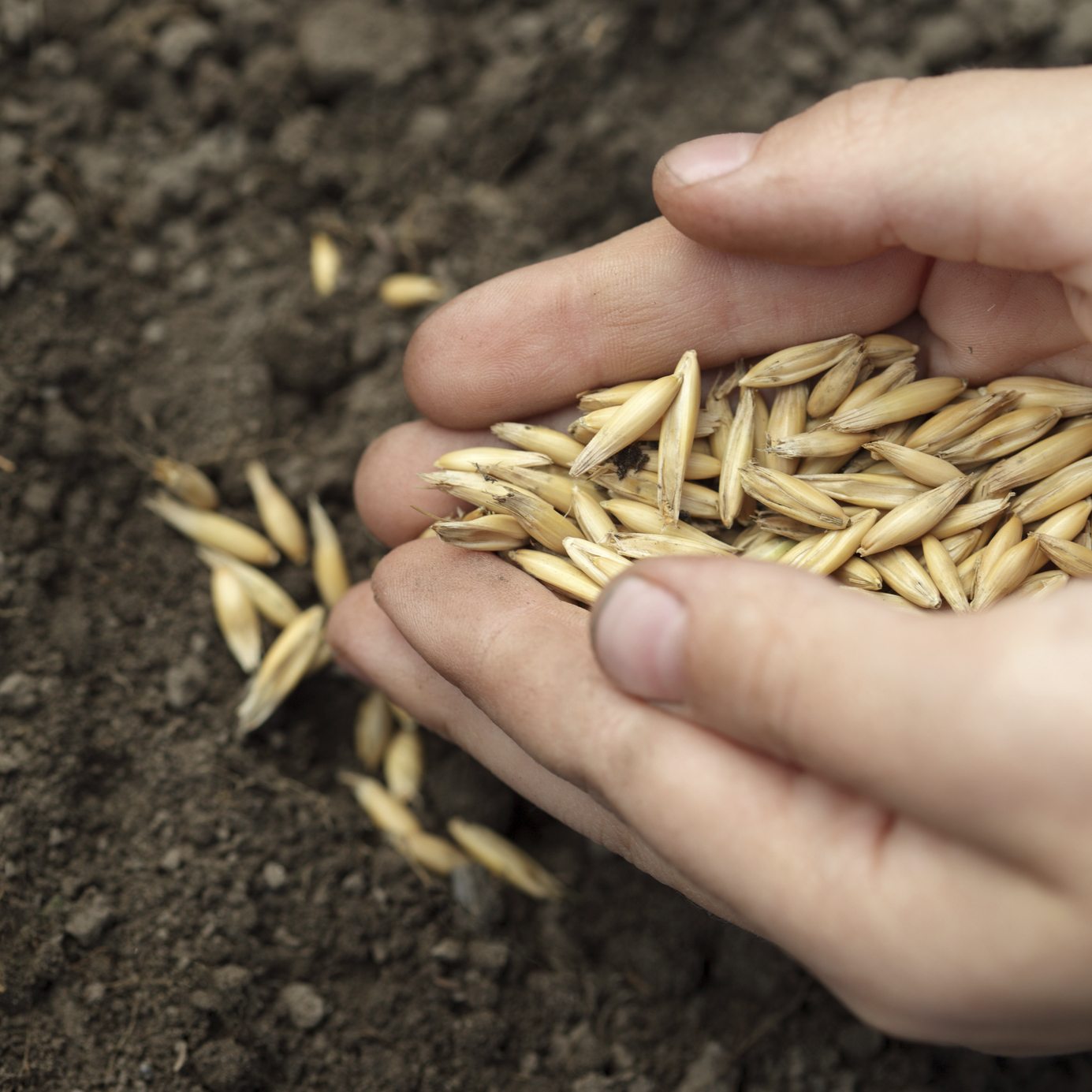Homegrown Oat Grains – Learn How To Grow Oats At Home For Food

I start the morning off with a warm bowl of oatmeal and I know I’m in good company. Many of us realize the health benefits of oatmeal and regularly purchase the grain, but have you ever wondered, “Can you grow oats for food at home?”
Growing oats in home gardens is really no different than growing grass for a lawn except you don’t mow down the seed heads; you eat them! Interested in homegrown oat grains? Keep reading to find out how to grow oats at home.
Can You Grow Oats at Home?
Oats are used in a multitude of ways, whether crushed or rolled or ground into flour. Oats are even used for brewing beer in England and in Latin America a cold beverage made from ground oats and milk is popular.
But I digress, we were wondering about growing oats in home gardens. It is very possible to grow your own oats even if you only have a small garden plot. The introduction of hull-less oats has made it even easier to grow your own oats since they need less processing once harvested.
How to Grow Oats at Home
Sow seeds outdoors in a sunny area with well-draining soil. Just broadcast them over a well cultivated area. Try to get them fairly evenly distributed. Once the seeds have been broadcasted, lightly rake over the area. The goal here is to cover the seeds with an inch (2.5 cm.) or so of soil, so the birds don’t get to them before they can germinate.
Once you have sown the oat seed, keep the area moist while your homegrown oat grains germinate. Continue to provide irrigation as they grow since oats like more moisture than most other grains. Further caring for backyard oat crops is minimal.
There is no need to weed and the denseness of the crop would make it futile to attempt anyway. Within 45 days or so, the green kernels atop the grain stalks should be turning from green to cream colored and the oats will be between 2 to 5 feet (0.6 to 1.5 m.) tall.
Sign up for the Gardening Know How newsletter today and receive a free copy of our e-book "How to Grow Delicious Tomatoes".
Harvesting Homegrown Oats
Don’t wait to harvest until the kernels are hard or you will likely lose a lot of grain. The kernel should still be soft and easily dented with a fingernail. To harvest the oats, cut the seed heads from the stalks as high up as possible. Higher up is better, as you will have less straw to mess with when threshing the grains.
Now that the oats are harvested, you need to let them cure. The length of time for curing will vary depending upon the weather and may be several days to several weeks. Store the oats in a warm, dry area while curing them.
Once the kernels are ripe, you can thresh out the oats. Spread out a tarp or sheet and then either stomp the oats loose from the stalks (cover the oats first before tromping all over them) or use some other implement, like a plastic baseball bat, to thresh the oats from the stalks (chaff). Then separate the oats from the left over pieces of stalk. Place the oats and chaff in a bowl or bucket and toss it up into the wind.
The wind will blow out the loose chaff while the heavier oats drop back into the bowl or bucket. The threshed oats can be stored in an air-tight container in a cool, dark area for up to 3 months.

Amy Grant has been gardening for 30 years and writing for 15. A professional chef and caterer, Amy's area of expertise is culinary gardening.
